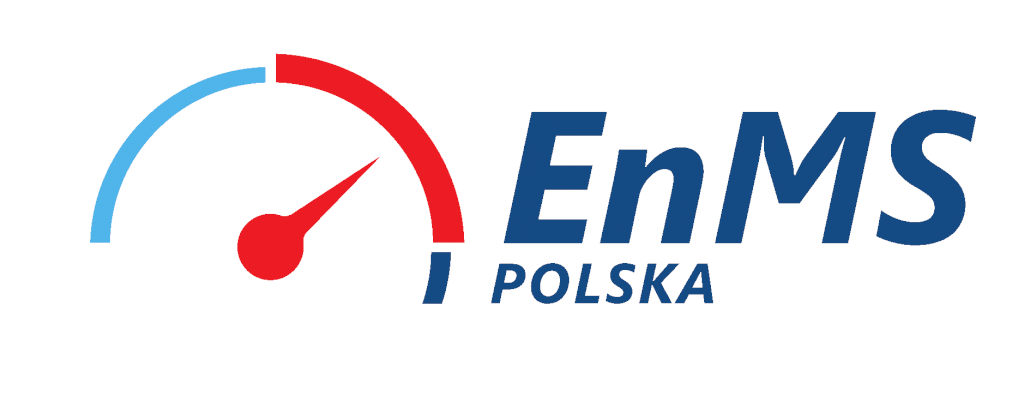Measurements
EnMS Polska Ltd. offers services for conducting the following measurements.
The measurements are performed by qualified personnel using high-quality equipment.
Below you will find a list of measurements conducted by us.
Measurements of supplied electrical energy parameters
- Voltages: average, minimum, and maximum values, instantaneous in the range up to 760 V.
- Currents: average, minimum, and maximum values, instantaneous measurement of current in the range up to 3 kA (depending on the current clamps used).
- Peak factors for current (CFI) and voltage (CFU).
- Active power (P), reactive power (Q), distortions (D), apparent power (S) with determination of the reactive power character (capacitive or inductive).
- Active energy (E), reactive energy (E), apparent energy (E), P, Q, S.
- Power factor (cosφ), tangent of the power factor (tgφ).
- Factor K (transformer overload caused by harmonics).
- Harmonics up to the 50th order in voltage and current.
- Interharmonics measured as groups.
- Total Harmonic Distortion (THD) coefficient for current and voltage.
- Short-term flicker (PST) and long-term flicker (PLT) indexes (complying with EN 61000-4-15 Class A requirements).
- Voltage asymmetry (complying with EN 61000-4-30 Class A requirements) and current asymmetry.
- Event recording for current and voltage with oscillograms (up to 1 s) and RMS waveforms (10 ms) with a maximum recording time of 5 s.
- Recording of current and voltage oscillograms after each averaging period.
- All parameters recorded according to Class A of the EN 61000-4-30 standard.
Measurements of electrical installation parameters
Loop Impedance Measurements:
- Measurement of loop impedance with a resolution of 0.001 Ω and a current of approximately 23 A.
- Measurement of loop impedance with a resolution of up to 0.01 Ω in installations protected by RCD (Residual Current Device) circuit breakers with IΔn ≥ 30 mA without their operation.
Testing of Residual Current Devices (RCDs) of AC, A, F, B, and B+ types:
- Measurement of standard, short-delayed, and selective RCDs with nominal differential currents of 10, 30, 100, 300, 500, and 1000 mA.
- Measurement of tripping current (IA) with increasing current.
- Measurement of tripping time (tA) at currents of ½IΔn, 1IΔn, 2IΔn, and 5IΔn.
- Measurement of touch voltage (UB) and protective conductor resistance (RE) without tripping the circuit breaker.
- Detection of L and N wire reversal in sockets (does not affect the measurements).
- Possibility of measuring tripping current (IA) and actual tripping time (tAI) in a single RCD trip.
Insulation Resistance Measurements:
- Test voltages: 50 V, 100 V, 250 V, 500 V, and 1000 V.
- Measurement of insulation resistance up to 10 GΩ.
Low Voltage Measurement of Protective and Bonding Conductor Resistance:
- Measurement of continuity of protective conductors with a current of ≥200 mA in two directions.
- Measurement with low current and acoustic signaling.
Earth Resistance Measurements:
- Measurement using the 3-wire and 4-wire technical methods.
- Measurement using the 3-wire technical method with additional clamps.
- Measurement using the 2-wire method with additional clamps.
Measurements of insulation resistance up to 40 TΩ
- Selectable test voltages in the range of 50…10,000 V (50…1,000 V in increments of 10 V, 1…10 kV in increments of 25 V).
- Measurement of T1, T2, and T3 times for one or two absorption coefficients in the range of 1…600 s.
- Measurement of absorption coefficients AB1, AB2, DAR, and PI.
- Measurement of insulation resistance using the two-wire and three-wire methods.
- Measurement of capacitance during RISO measurement.
- Step voltage measurement (SV).
- Measurement of dielectric dissipation factor (DD).
- Fault location (burning) capability.
Lighting Parameters Measurements
maximum resolution of light measurement: 0.01 lx (0.001 fc)
high accuracy and short response time
no need for correction factors for different light sources due to excellent spectral sensitivity matching,ensuring accurate measurement of light intensity regardless of the radiation type
quick response time to changes in light intensity
measurement of maximum and minimum values (MIN MAX)
Thermal Imaging Measurements
Temperature measurement range (not calibrated below -10°C)
-20 °C to +1200 °C (-4 °F to +2192 °F)
Compressor Operation Parameters Measurements
Pressure parameters measurements
Current measurements of compressor system operation
Detection of Compressed Air System Leaks using Ultrasonic Method
Detection of Compressed Air System Leaks using Ultrasonic Method
Measurements of various heating systems parameters
- O₂ measurement
- CO measurement (with
- H₂ compensation)
- Low-level CO measurement
- CO determination (with H₂ compensation)
- NO measurement
- Low-level NO measurement
- Draft measurement
- Temperature measurement
- Efficiency measurement
- Chimney loss measurement
- CO₂ measurement (calculated from O₂)
- Flow measurement
- Pressure measurement
Ambient CO measurement (with flue gas probe) - Ambient CO₂ measurement – Infrared
- Gas detection using an external probe
Temperature measurement (using a pressure probe)



